Fujifilm X-T30 Mirrorless Camera Review:
The new Fuji X-T30 follows the same philosophy as its predecessors by taking the essentials of what makes the higher end X-T series camera (the X-T3 in this case) so adored by its users, and putting all of that goodness into a smaller yet also more affordable body. It’s a great idea, if you think about it, and many users seem to agree. Some are so happy with their X-T10s, and X-T20s that they don’t even see the need to ever upgrade to higher end models of the Fujifilm X Series system. So, does this recipe still work with the X-T30? Read on and find out.
Fujifilm X-T30 Mirrorless Camera Build Quality:
As I said in my previous paragraph, the higher end X-T3 shares a lot with the X-T30, and this even includes overall appearance. In other words, the X-T30 even looks similar to the X-T3. Unlike say the Fuji X-E3, which looks more like a rangefinder, the X-T30 has a DSLR styled appearance, and retro styled analog controls (that actually fully function, and are not just there for style sake). It’s a great looking camera overall, and unlike its predecessors, which only came in two colors, the X-T30 now comes in three: black, silver, and charcoal silver. I love the charcoal silver finish by the way. I wish the X-T3 came out in that color because I would’ve bought it instead of my silver one :).
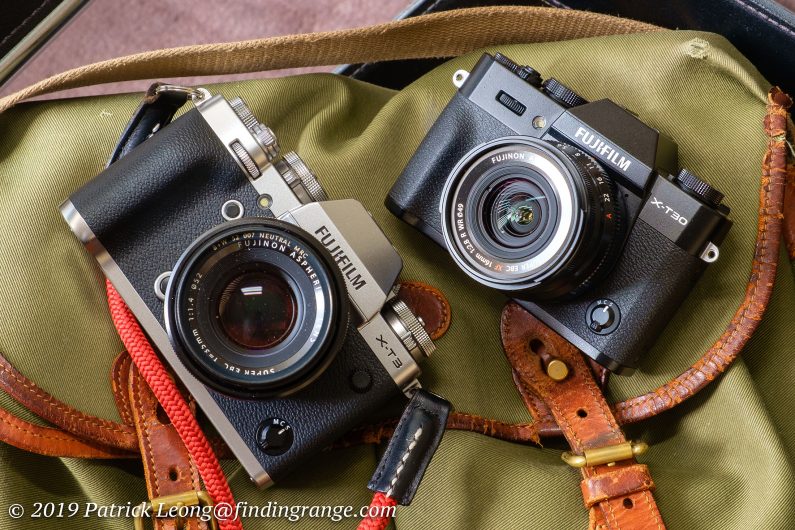
↑ The X-T3 in silver next to the X-T30.
As for build, I find it to be excellent overall. The X-T30 feels very solid in the hands with no creaks of any kind, and part of this is thanks to the top and bottom being made of magnesium alloy plates. Still, it’s not quite as well-made as the the X-T3, and it also isn’t weather sealed but neither of these are deal breakers to me. Not having weather sealing isn’t the end of the world, and the overall construction of the X-T30 is good enough that if you’re new to photography, you should be able to grow with this camera over time because I don’t see it falling apart anytime soon. You can spend the money saved on adding new lenses to your collection, which is sometimes better than just buying new camera bodies all the time or more expensive ones, especially if you’re a photography newbie.
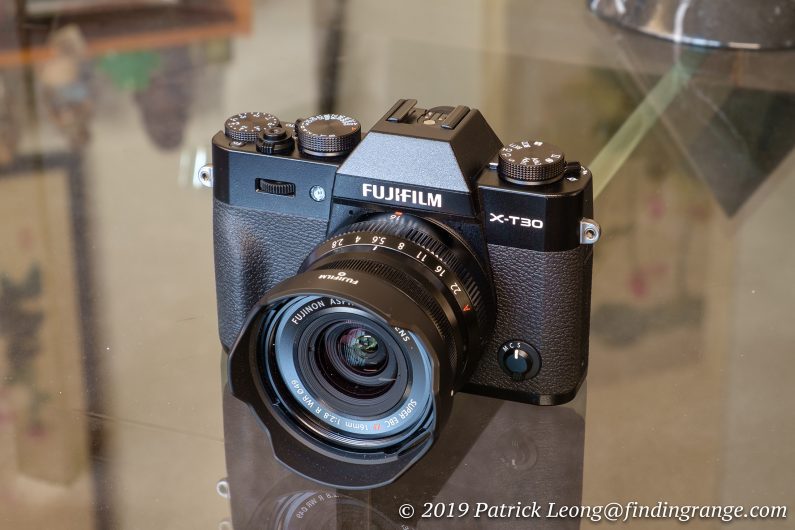
↑ The Fuji X-T30 with the XF 16mm f2.8. This is one of my favorite combos.
Now, let’s talk about the dials mainly on the top plate of the Fuji X-T30. There are a lot of cameras to choose from these days, and I imagine it’s difficult for manufacturers to sometimes make their products stand out over others. The truth is, almost everything out there is good nowadays. I think one way that Fujifilm stands out, and differentiates itself from its competitors is with their analog/manual styles controls. I love these kinds of controls because they’re what I grew up with during the film era. For me, I still find these the fastest, and most direct way to control functions like shutter speed, aperture or even focus (if you prefer manual focus). It’s also an excellent way for novices or someone who wants to take photography more seriously to understand how to make adjustments to take a picture. In my opinion, it’s easier to see, and understand what is going on when you have to physically make these adjustments as opposed to just going into a menu system. It’s easier to see how these settings relate to each other.
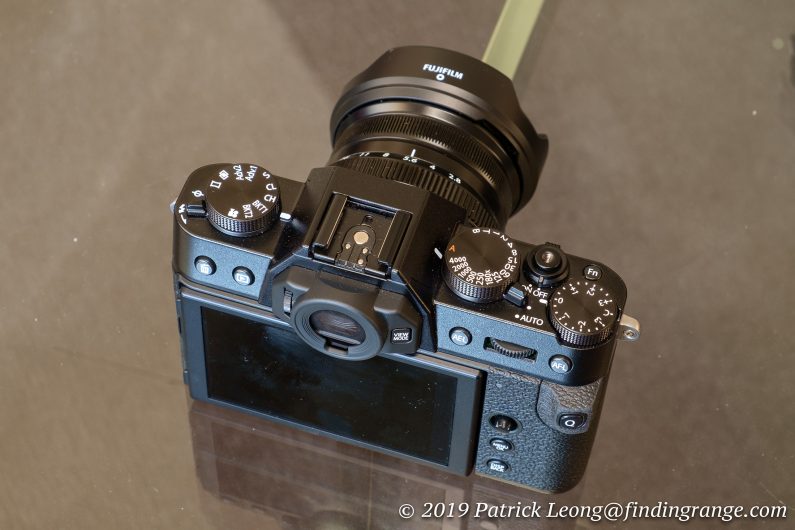
↑ The Top plate of the X-T30.
In addition, these controls on the Fuji X-T30 feel great. Yes, they do look great by adding a retro feel to the X-T30 but they also offer excellent tactile feel. All the dials, which include ones for mode, shutter speed, and exposure compensation, click solidly in place as you turn them. Unlike the X-T3, there are no locks for any of its dials but I don’t think they’re really needed. Compared to my X-T3, the X-T30 that I reviewed here had dials that needed a firmer twist to move them, which I like. During my time with the camera, not once did I change settings by accidentally moving one of these dials. They stayed in their chosen positions. In fact, I wouldn’t mind if these dials were on my X-T3 instead of the existing ones.
Now, there are days when you may not want to spend all that time concentrating on taking pictures. For those days when you just want to kick back, and maybe just enjoy the moment like on vacation, for example, you can always switch the Fuji X-T30 into Auto Mode with a flip of a switch. This definitely adds to the versatility of this camera. The X-T30 is a camera where you can take everywhere with you because if you don’t want to, you don’t necessarily need to “work” all the time to get decent pictures, especially since the out of camera jpegs, and Film Simulation modes are so good, which I’ll talk about later.
Another reason why the X-T30 can be taken everywhere with you is because it’s very compact. It amazes me that there’s actually a large 26 megapixel APS-C sensor in this interchangeable lens camera, and even a pop up flash. It also weighs just 383 g, which isn’t that heavy. If you use one of Fuji’s compact lenses like the XF 27mm f2.8 (still one of my favorites), XF 23mm f2 or even the new XF 16mm f2.8 (all the reviews for these lenses and more Fuji lenses can be found here), the X-T30 would make a fantastic street camera. It’s not going to attract much attention, so you can continually and discreetly take pictures. Even when it does attract attention, people don’t necessarily look at it like a typical, larger camera, which some may associate as “pro”. Furthermore, the size of the camera makes it feel more like a premium point and shoot (especially with a compact lens), so it’s great to carry around while you’re on vacation, for example. You might not actually even need a dedicated camera bag for this camera. What’s really nice is that while it’s so compact, you’re still able to get essentially the same image quality as higher end models like the X-T3.
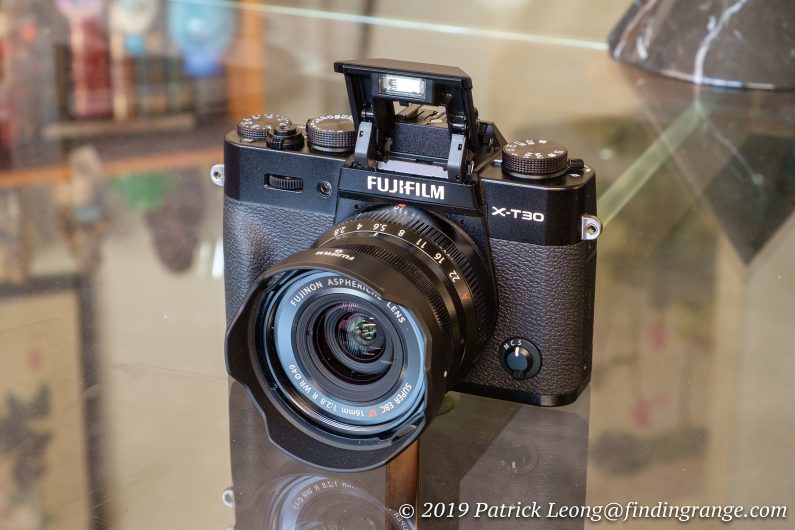
↑ The X-T30 does come with a pop-up flash.
Overall, when you factor in price, size, and build, the Fuji X-T30 is definitely impressive but it’s not perfect; there are a few of downsides. For one, the Q button is placed in the wrong area, if you ask me. I’ve accidentally pressed it multiple times while holding the camera and composing my shots. This did happen more often when I was setting up the camera in portrait orientation with larger lenses, such as, the XF 56mm f1.2 APD. In addition to being just in the wrong spot, it’s a bit light to the touch, so at least in the beginning, I always had to keep the Q button in mind, when I was shooting. I complained about the Q button on the X-T20, and while it has been moved a bit, it’s still not in a great place in my opinion.
There’s also a downside to the compact size of the X-T30. Depending on your hands, since it is so small, it may not be as comfortable to hold as the X-T3 for some. The Fuji X-T30 adopts a new grip design, and while it’s better than the X-T20’s, it still doesn’t quite offer the same support and comfort as the X-T3. You may not notice this as much when smaller lenses are mounted. Larger lenses may be a different story, however. I used my XF 56mm f1.2 APD R lens on the X-T30, and it just isn’t as comfortable as when the lens is mounted on my X-T3. Others may have different opinions because we all have different hands but this is how I felt with the X-T30 in my hands.
Lastly, I wish this camera had two memory card slots instead of one. It’s not a huge deal that it only has one; I think I’m so used to having two now in my other cameras that I’m just used to that safety net. Some may feel the same as me but others may not. I’m guessing the compact size was one of the reasons why it only has one slot. Also, Fuji was probably concerned with price, and maybe they needed to further distinguish it from the X-T3.
But you have to remember that nothing is perfect, and even with these issues, I found the Fuji X-T30 to be highly desirable in terms of design and build. I can also tell that Fuji has made an effort to make the ergonomics better. For instance, there is the new Focus Lever that can be found on the X-T3, which not only helps to quickly change your focus point but also replaces the Selector Button on the X-T20. By replacing the Selector Button, there’s now more grip space on the back. I think that’s especially important considering the compact nature of this camera.
Fujifilm X-T30 Mirrorless Camera EVF And LCD Display:
Now that we’ve talked about the build quality and ergonomics, let’s dive into some of the inner workings of the Fuji X-T30. Like other mirrorless cameras, the X-T30 comes with an electronic viewfinder. In this case, it’s a 2.36M-dot EVF that’s bright, vivid, and clear. The EVF also has a magnification ratio of 0.62x, which is decent, a display lag time of just 0.005 seconds, and refresh rate of 100 FPS in Boost Mode. Overall, the viewfinder is smooth, lag free, and even works well in dim lighting. It’s very clear, so you can see all the little details. When you’re in bright conditions, it makes a better alternative than the LCD display when viewing images you took.
There was a time when I was a diehard optical viewfinder kind of guy but with what’s been coming out now, those days are gone now :). I have to say, I am quite happy with EVFs now, and the X-T30’s is no exception. I love seeing what the sensor captures exactly. You see how the exposure is in real time, and you can even see the effects of the Film Simulation Modes, which I will talk about more down below.
As for the display, the Fuji X-T30 comes with a 3.0-inch tilting LCD monitor that has a 3:2 aspect ratio and approx. 1.04 million dots. The tilting display is great when you need to shoot at different angles. The tilting mechanism is also well-constructed, and not flimsy in any way.
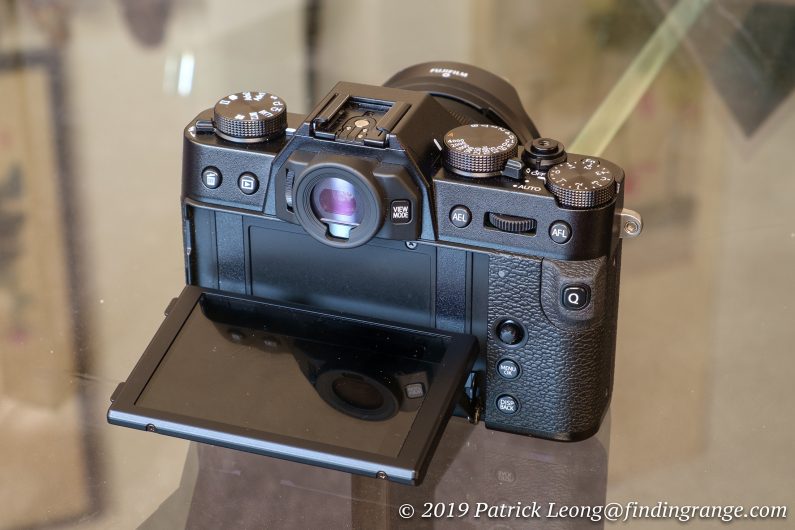
↑ The LCD display is a flip screen with touch functions.
The display is a touch screen, which also allows for touch-based controls during shooting, such as, Touch AF, Touch Focus Area Selection, Touch Shot, and Touch Function. This can make shooting faster, and more intuitive for some. My preference though, is just to turn off the touch function, which you are able to do as well.
Fujifilm X-T30 Mirrorless Camera Wireless Connectivity:
Like most cameras these days, the Fuji X-T30 also has wireless connectivity. You can pair it with a smart device thanks to Bluetooth. Just download the Fujifilm Camera Remote app for your smart device, and you can do remote shooting, upload photos, browse through photos on your smart device from your camera, and geo-tag. You can even use remote shooting from a smart device, and print from an Instax printer.
Fujifilm X-T30 Mirrorless Camera Shutter:
The mechanical shutter of the X-T30 tops off at 1/4000s, which is decent. However in really bright conditions, this may not be enough when you want to say shoot wide open with a fast lens. So, there’s also an electronic shutter that is capable of shooting as fast as 1/32,000s. You can set up the X-T30 so that it only uses the mechanical shutter, only uses the electronic shutter or uses a combination of both. When you choose the latter, after the camera tops off at 1/4000s, it’ll automatically switch to the electronic shutter for uninterrupted shooting. It’s worth mentioning that the electronic shutter is silent, so it’s also great for those times when you want to be inconspicuous like maybe at a concert hall, for example.
The Fuji X-T30 can also shoot at up to 8 FPS when using the mechanical shutter. If you don’t mind a crop representing approximately 16.6 megapixels (1.25x crop), you can shoot in Sport Finder Mode, and get up to 30 FPS. Because the crop is marked within the viewfinder view, you have the benefit of actually seeing outside the frame, so you can check the movement of subject even before they get into the picture. This mode is also black-out free, since it employs the electronic shutter.
Fujifilm X-T30 Mirrorless Camera Video:
The Fuji X-T30 can capture 4K at 30p. It records in 6K and then downsamples to 4K for what Fuji claims will help achieve better sharpness with minimal amoiré. You can also apply the Film Simulation modes that you would use on the photos, to video, which is great.
Fujifilm X-T30 Mirrorless Camera Autofocus:
As for the autofocus system, it has definitely been improved when compared to the X-T30’s predecessor. You’re essentially getting the same autofocus as the X-T3’s, which means the number of phase detection pixels has increased to 2.16 million. That’s about four times that of previous models (with the X-Trans CMOS III sensor). The phase detection AF area covers about the entire frame. The X-T30’s autofocus in low light has also been improved. The low light limit has been expanded from +0.5 EV in previous generation cameras like the X-T20 to -3.0 EV.
Bottom line is the autofocus is very fast and accurate. I’ve had no issues with it at all, and for those who were wondering if it is noticeably better than the X-T20’s, the answer is a big fat yes. It focuses very fast, and locks on with such a tenacity now.
Autofocus performance, of course, also depends on the lens that you’re using. With the new lenses, the autofocus speed is for the most part, excellent but I found even with older lenses, the autofocus has been improved. I reviewed most of the X Series lenses on this site but a lot of them are just review samples. I own only four lenses, and none are the latest models: the XF 18-55mm, the XF 35mm f1.4, and the XF 56mm f1.2 APD. I also own a Zeiss Touit 12mm f2.8. I love these lenses, and I’ve stuck with them because I feel these are the ones that work best for me. But optics like the XF 35mm f1.4 and the XF 56mm f1.2 APD, for example, have always been slower autofocus lenses. The XF 35mm f1.4 has been improved greatly thanks to firmware updates but it still doesn’t measure up to the XF 35mm f2 in terms of autofocus speed. With that said, both these lenses have a quickness and confidence on the X-T30 now that I’ve so far, only experienced on the X-T3.
Face and Eye Detection AF has also been vastly improved, and according to Fujifilm, it is now twice as good as previous models. This is particularly important to me because I shoot mostly portraits, fashion, and boudoir now (check my Instagram). I found Face Detection to be decent in the X-T20 but in my opinion, the Face Detection in the X-T30 is on another level. It locks on not only accurately but so quickly as well. Honestly, it is almost too tenacious at times lol but this is one of the best new features in this camera, in my opinion. It’s fantastic. There’s also a Face Select function, which allows you to select a specific person out of multiple faces within the frame on the touchscreen or using the Focus Lever, so autofocus and exposure are good for that subject.
Fujifilm X-T30 Mirrorless Camera Image Quality:
Image quality-wise, the Fuji X-T30 uses basically the same sensor as it’s more expensive sibling, the X-T3, so we’re dealing with a new 26.1 megapixel X-Trans 4 sensor. It is back-illuminated for improved light receiving performance, and 160 ISO is now part of the normal ISO range. In past models, it was an extended ISO.

↑ Here’s a shot of the WTC taken at f8, 160 ISO and 1/250s. This was taken with the XF 16mm f2.8 lens.
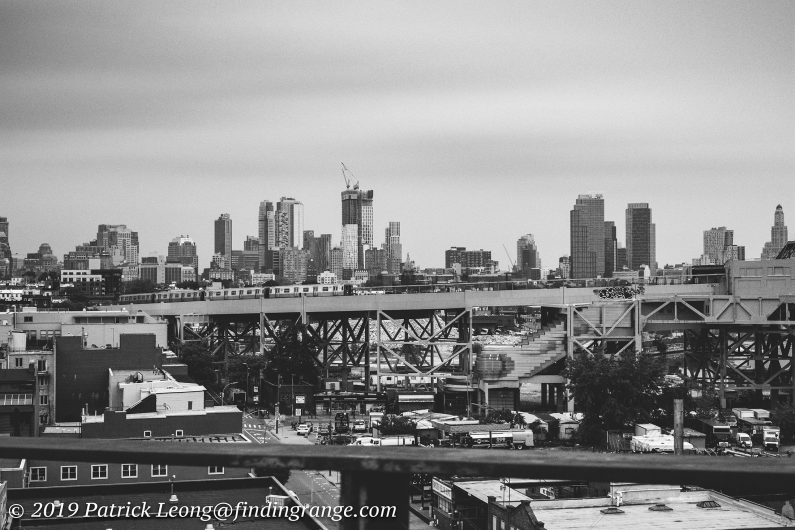
↑ This was taken with the XF 35mm f1.4 lens. The settings were 3200 ISO, f8, and 1/900s.

↑ This was taken on a hazy day with harsh lighting. My settings were f2.8, 1/1000s, and 160 ISO. I used the XF 16mm f2.8 lens.
With this new sensor, the Fuji X-T30 produces superb images. Because it has no low-pass filter, images produced have plenty of detail in them, especially thanks to those great Fuji X Series lenses. Dynamic range is excellent; it’s been improved over the X-T20’s sensor. The X-T30 RAW files hold up really well during editing, especially ones that are more contrasty. More details are retained in the shadows as well, and highlights are more easily recovered. Contrast and color rendering are especially good. I also feel like the color in general is just a bit better now when compared to previous X Series cameras. You still get beautiful, and vibrant colors but at the same time, nothing looks overdone or exaggerated.

↑ Here’s another with the XF 16mm f2.8. My settings were f8, 1/250s, and 250 ISO.
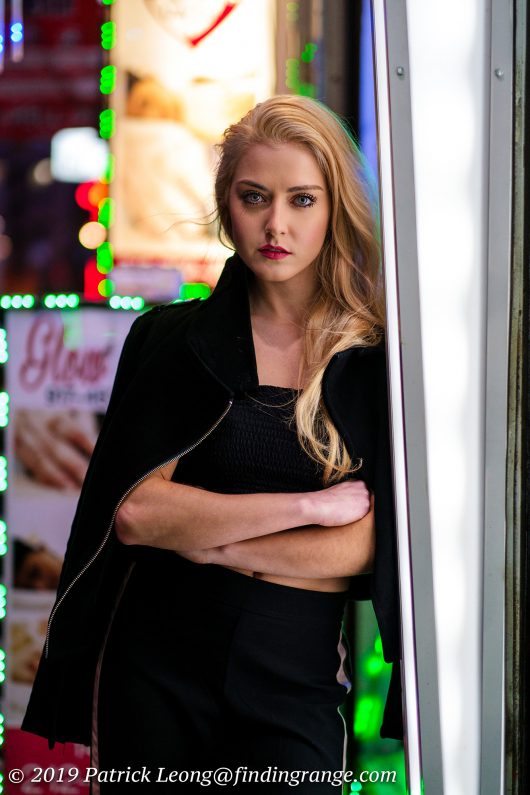
↑ This was taken with the XF 56mm f1.2 APD lens at f1.4. The camera settings were 800 ISO, and 1/250s.
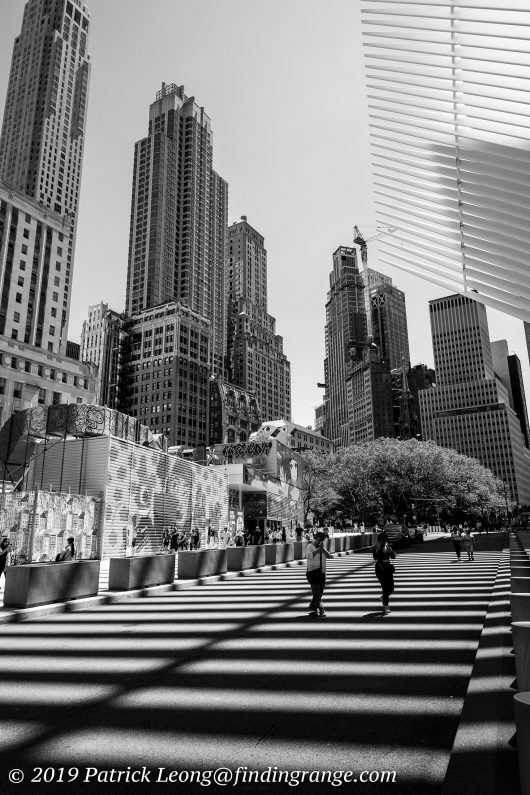
↑ The settings here were f8, 320 ISO, and 1/600s. This was taken with the XF 16mm f2.8 lens, and black and white conversion was done in Camera Raw in Photoshop CC.
As for the photos in this review, all of them were RAW files processed through Photoshop CC. However, if you don’t want to shoot RAW, you’re in luck because the out of camera jpegs are excellent. Fuji X Series cameras have always been known for producing great out of camera jpegs, and I’m happy to say this hasn’t changed with the new X-T30. There are tons of what Fuji calls Film Simulations that you can use ranging from the standard, which is Provia to even newer ones like Eterna, which offers subdued colors, and smooth halftones in shadows, creating a look of motion picture as Fuji would say.

↑ This was taken with the X-T30 and XF 16mm f2.8 at f5.6, 800 ISO. The shutter speed was 1/250s.
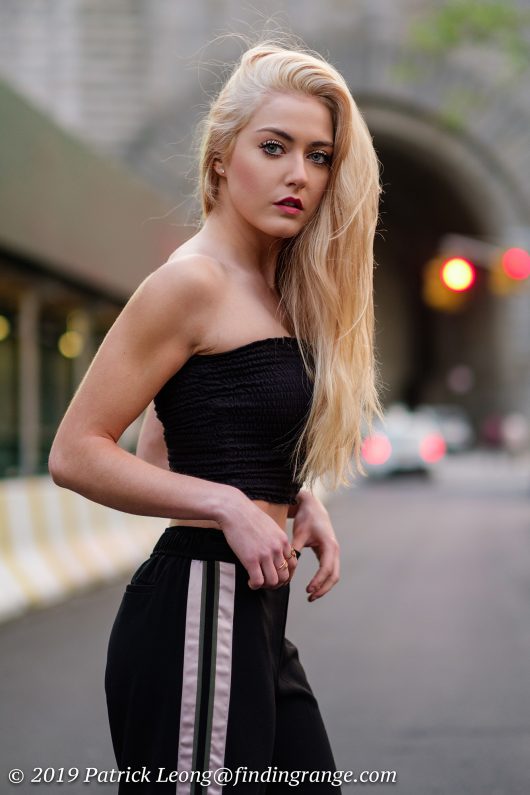
↑ This was taken with the XF 56mm f1.2 APD at f1.2. The camera settings were 1/280s and 400 ISO.

↑ This was taken around the WTC and Oculus with the XF 16mm f2.8. My settings were f8, 1/500s, and 320 ISO.
As for high ISO capabilities, I’m very happy with the results that I’ve obtained from the Fuji X-T30. At 1600 ISO, some noise is visible but nothing that’s out of the ordinary. At 3200 ISO, more noise starts to show up but detail is still very high. Color rendering is still great in my opinion. 6400 ISO is where you’ll definitely see more noise but I’ve used this setting often, and I felt I’ve achieve great results. Once you’re around 12800 and 25600 ISO, images contain much more noise. As for 51200 ISO, it’s usable but make sure you’re exposure’s good. I use this ISO setting only when I absolutely need it.

↑ This was taken with the XF 16mm f2.8 at f8 using 3200 ISO. The shutter speed was 1/100s.
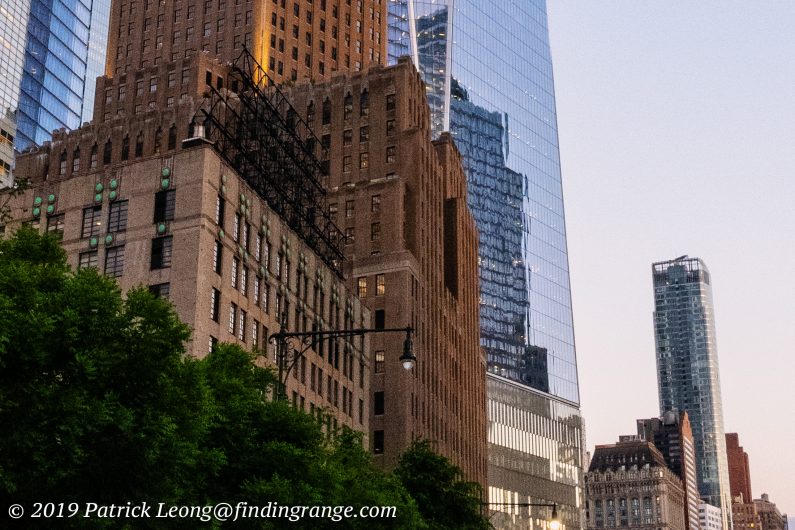
↑ Here’s a 100% crop of the photo above.

↑ This is another photo taken at 3200 ISO with the XF 35mm f1.4 lens. The settings were f8, and 1/70s.

↑ Here’s a 100% crop of the photo above.

↑ The lens used here was the XF 35mm f1.4 again, and this time around, I pushed the camera to 12800 ISO. The settings were f8, and 1/240s.
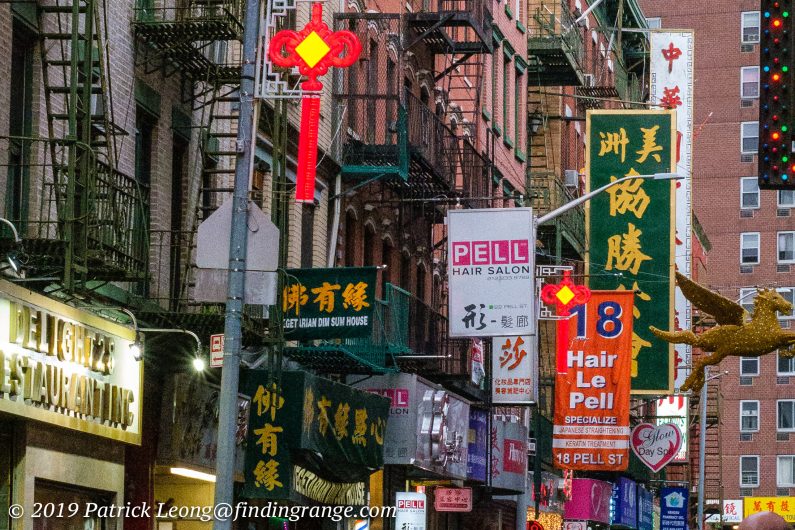
↑ Here’s a 100% crop of the photo above.
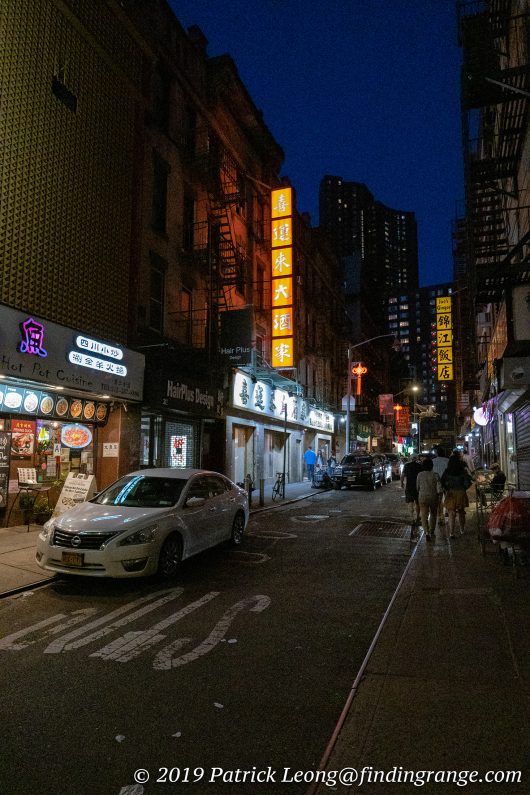
↑ This was taken with the XF 16mm f2.8 set at f4. This time around the camera was set at 1/300s and 25600 ISO.
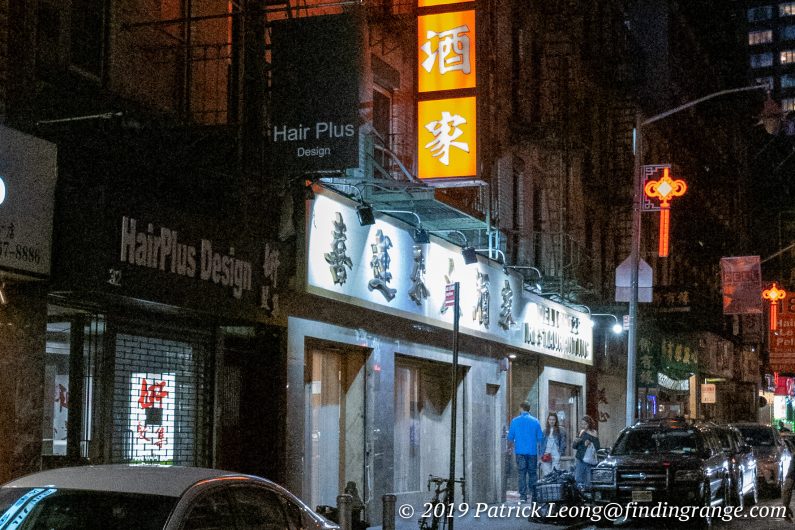
↑ Here’s a 100% crop of the photo above.
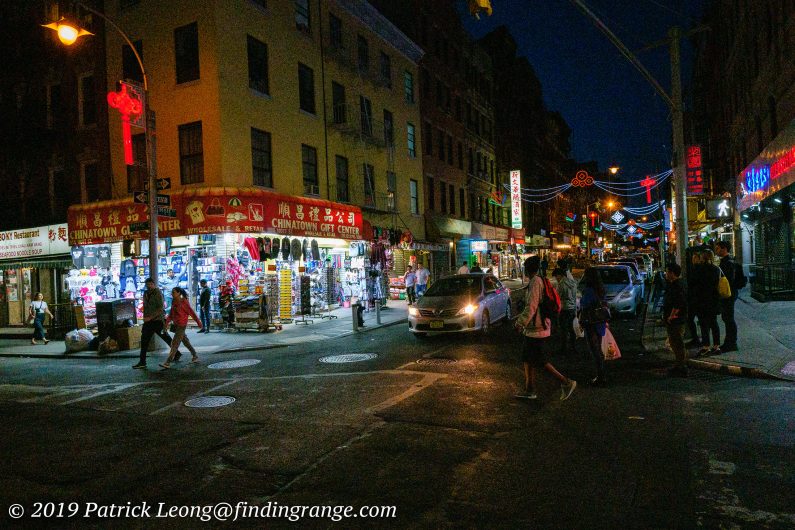
↑ This was taken at 51200 ISO with the 16mm f2.8 set at f5.6. The shutter speed was 1/500s.
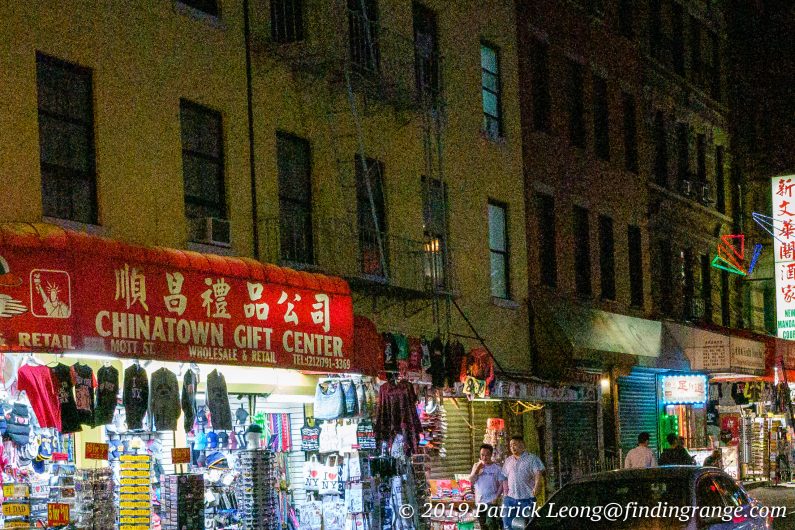
↑ Here’s a 100% crop of the photo above.
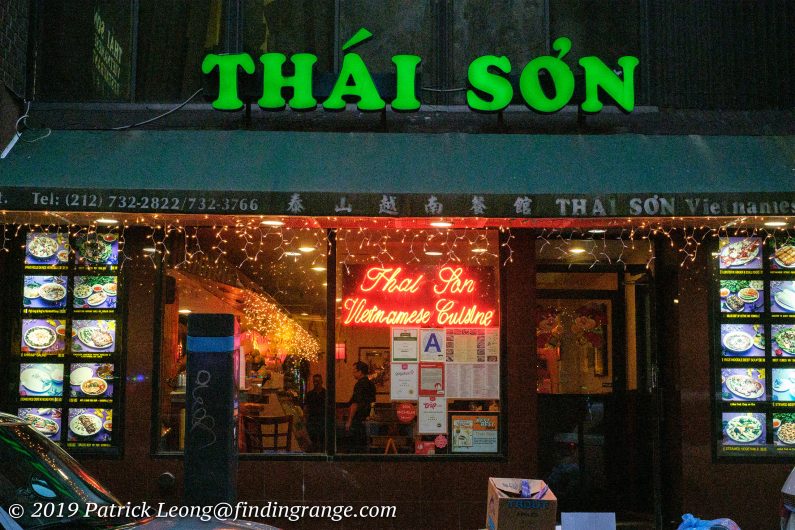
↑ Here’s another taken at 51200 ISO with the XF 35mm f1.4 lens set at f8. The shutter speed was 1/340s.

↑ Here’s a 100% crop of the photo above.
Fujifilm X-T30 Mirrorless Camera Pros And Cons:
Fujifilm X-T30 Mirrorless Camera Pros:
- Well-made.
- Great top panel controls for primary functions like shutter speed, and EV compensation.
- Very compact.
- Impressive electronics.
- Fast autofocus.
- Excellent image quality.
- Great out of camera jpegs, so if you don’t want to shoot RAW, just use the jpegs.
- Excellent high ISO capabilities.
- Great selection of lenses from Fuji branded lens to third party manufacturers.
- With so many great features, some may be wondering why they would even need to get the X-T3.
Fujifilm X-T30 Mirrorless Camera Cons:
- Ergonomics are not quite as good as the X-T3.
- The Q button can get in the way.
- I wish there were two memory card slots instead of just one.
- Would like a larger battery.
- No in-body image stabilization.
Fujifilm X-T30 Mirrorless Camera Verdict:
Overall, I am quite impressed with the new Fuji X-T30. In fact, it’s capabilities may even make some who have been interested in purchasing an X-T3 reconsider. Why would I say that? Because as an X-T3 owner, even I sometimes wonder if I made the right decision haha :). It’s not that the X-T3 is bad in any way. I’ve owned it since its release, and it’s been an amazing camera to me. A lot of the features that it has that the X-T30 does not, I use quite often. It’s just Fujifilm really packed a lot of great features in the X-T30 for what I consider a very decent price. What is the retail? X-T30 retails for $899 versus the X-T3’s $1,499 price tag. With the money save, you can get a pretty decent lens. Yes, the X-T30 may not have all the features of the X-T3 but it certainly has many of the important ones. It can use the same lenses, it produces the same image quality, and the autofocus performance is just as good.
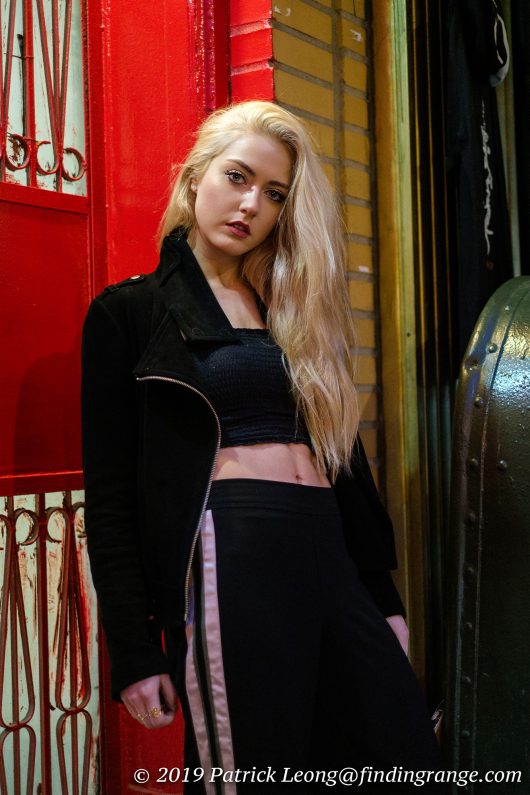
↑ This was taken at night with the XF 35mm f1.4 lens. The XF 35mm f1.4 is a first generation lens but it’s still one of my favorites for the Fujifilm X Series system. I shot at f1.4 with a shutter speed of 1/160s. The ISO was 3200.

↑ The settings here were f8, 1/350s, and 160 ISO. This was taken with the XF 16mm f2.8 lens.
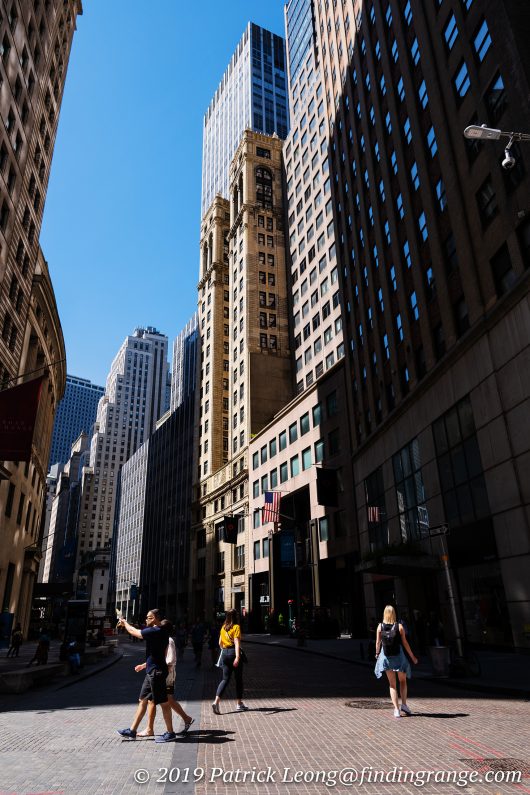
↑ My settings for this pic, which was taken with the XF 16mm f2.8, were f5.6, 1/480s, and 160 ISO.
As I mentioned in my review, the X-T30 is not perfect. I still feel the ergonomics can be improved. I’m not particularly fond of the Q button. I also wish it had two memory cards slots, although some may not even concerned about this. This wasn’t such a big deal to me until I started depending on this feature more.
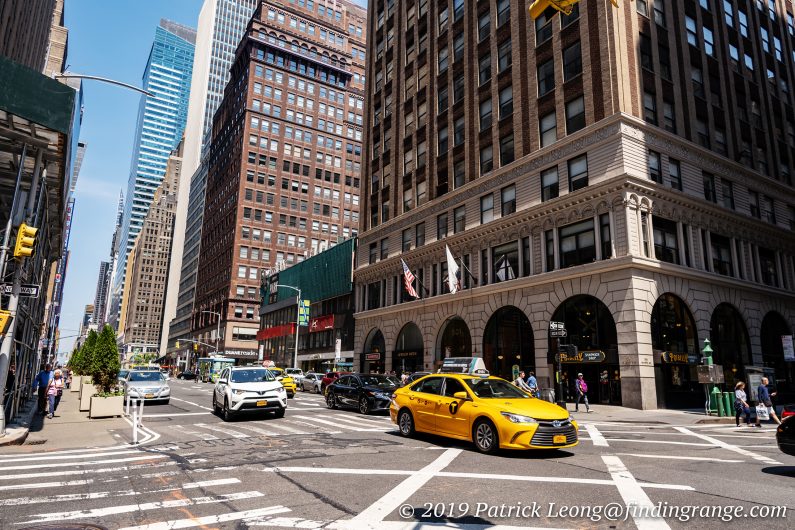
↑ The settings here were f5.6, 1/280s, and 160 ISO. This was also taken with the XF 16mm f2.8 lens.
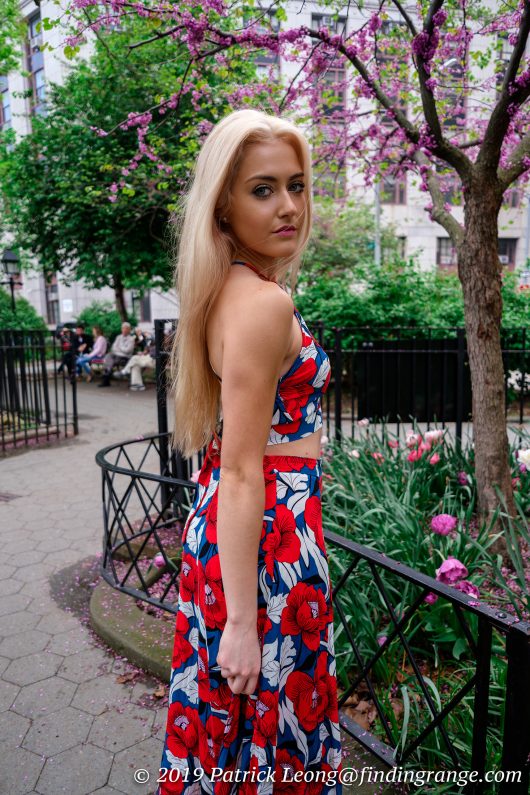
↑ This is shot taken at wide open aperture at 160 ISO with the XF 16mm f2.8 lens. There are a lot of shots with this lens here because I was reviewing it as well at the time. You can check out my review of it if you want. It’s a lovely lens, and one of my new favorites for the Fuji system. The shutter speed was 1/160s.
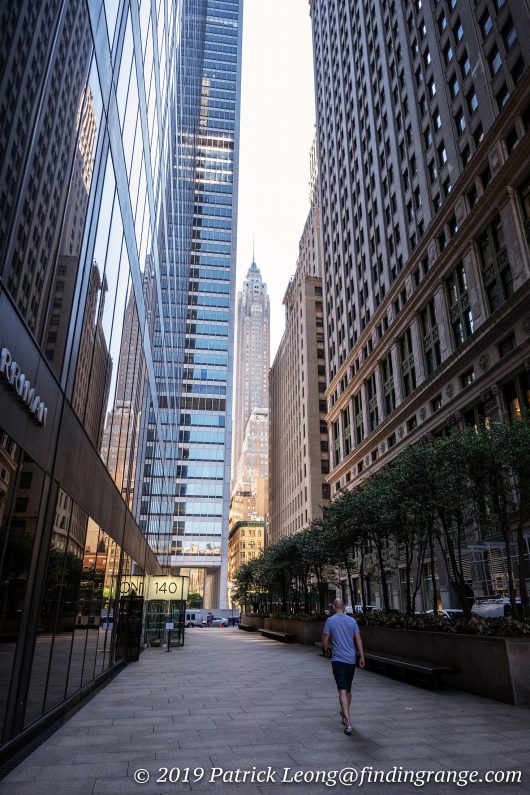
↑ This was taken with the XF 16mm f2.8 at f4, 1/500s, and 640 ISO.
However, considering the price, and all the features the X-T30 does have, I find it simply hard to beat. This is a superb camera overall, and I’d highly recommend it to anyone from the beginner to the seasoned shooter. So, if you’re looking for a new camera to purchase, this is something you should definitely put on your short list to buy.
Thanks for taking the time to read my review! If you’re considering purchasing the X-T30 and my review helped you decide, please help support this site by purchasing from any of the links in this review. It will not cost you anything extra. Thank you for your support!
Fuji X-T30 at B&H Photo: Black, Silver or Charcoal Silver

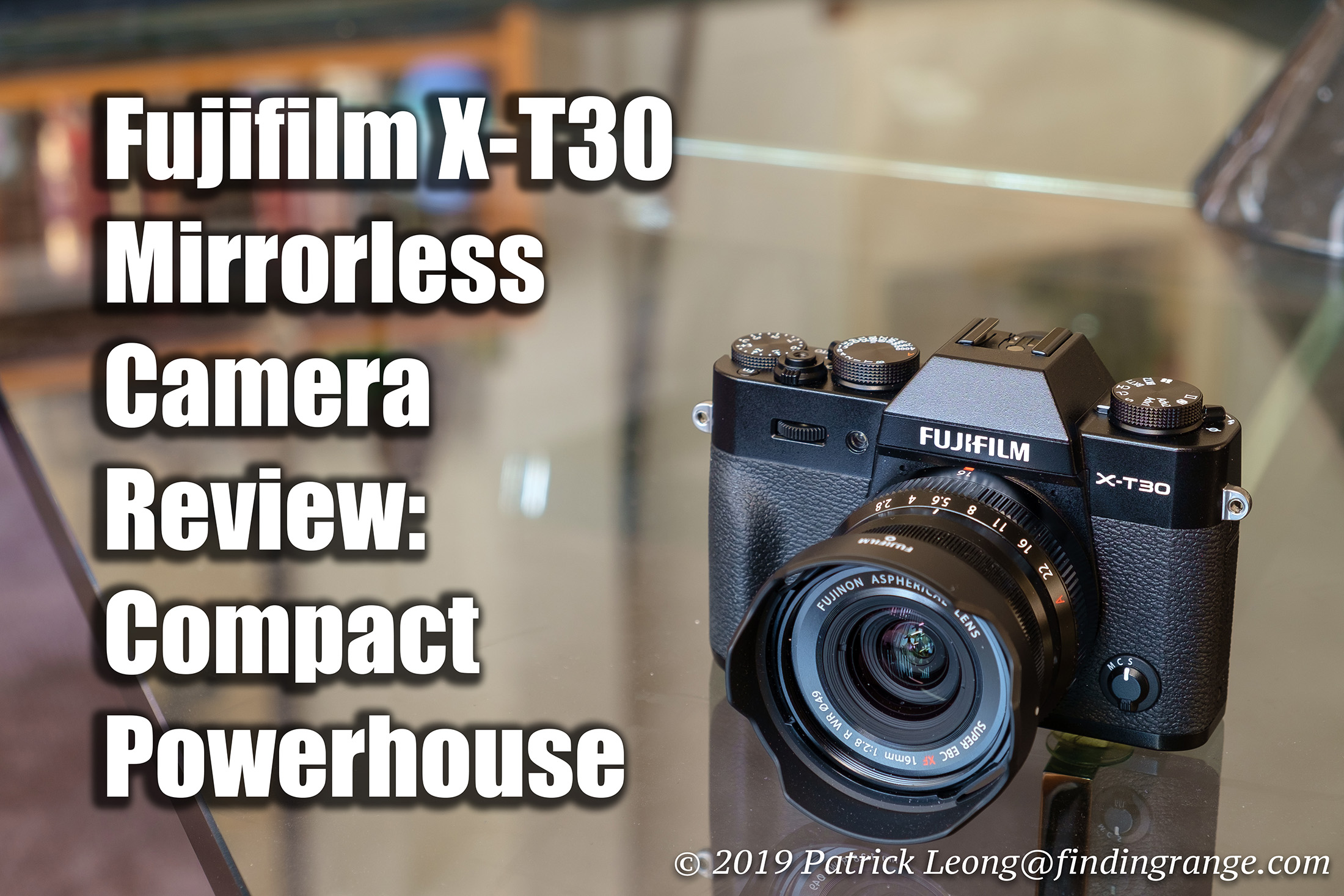
Hey Patrick, for the same first two cons, I returned my xt30. I was hoping to keep that and sell my xt3 as was looking for something even smaller. But the Q button annoyance and not easy to hold grip meant I wasn’t going to enjoy xt30 as much. I might see what Fuji does with XE line. Great pics and review as usual. That 16/2.8 is my favourite lens along with the 35/1.4. makes such a versatile small kit. I still need to get grips with capture one though. Have been just using sooc Jpegs and applying VSCO filters in LR.
Hi Mahesh!
Great to hear from you! Haha, I was thinking the same about the X-E line :). I had an X-E1 and an X-E2 a long time ago…loved them both. Both those lenses you mentioned are some of my favorites. I own the 35mm but not the 16mm. I may actually pick one up one day soon.
I used Capture One for a while, and then switched back to Adobe. It’s a great program, and at one point, I preferred it over Adobe but somewhere along the line, i just found Photoshop CC Camera Raw more my style.
I hope you’re doing well!
Best,
Patrick